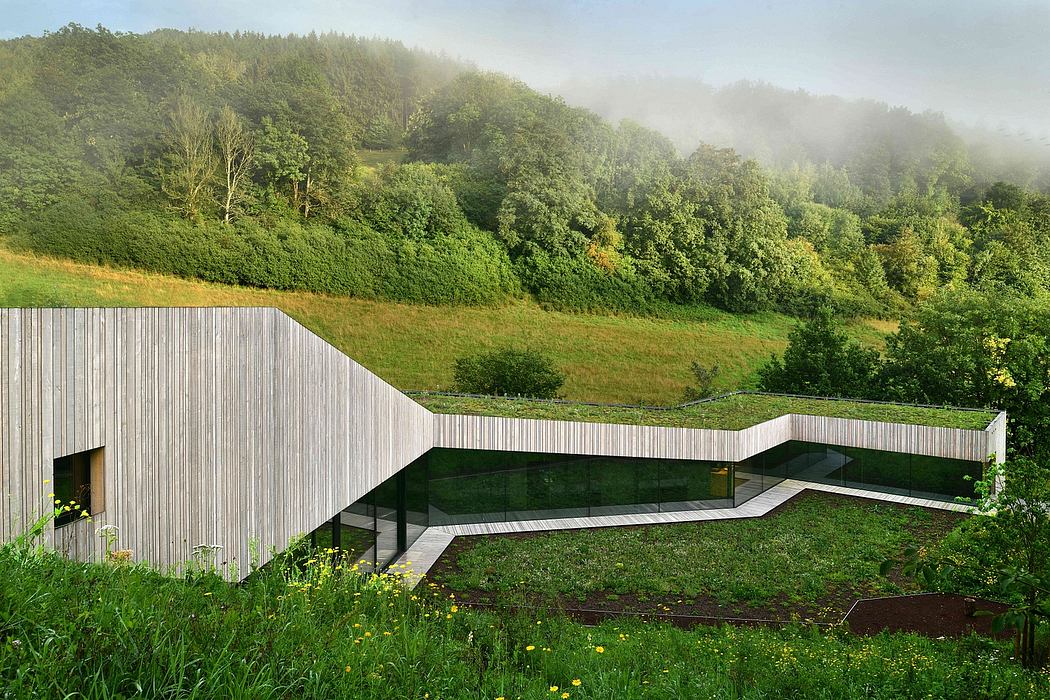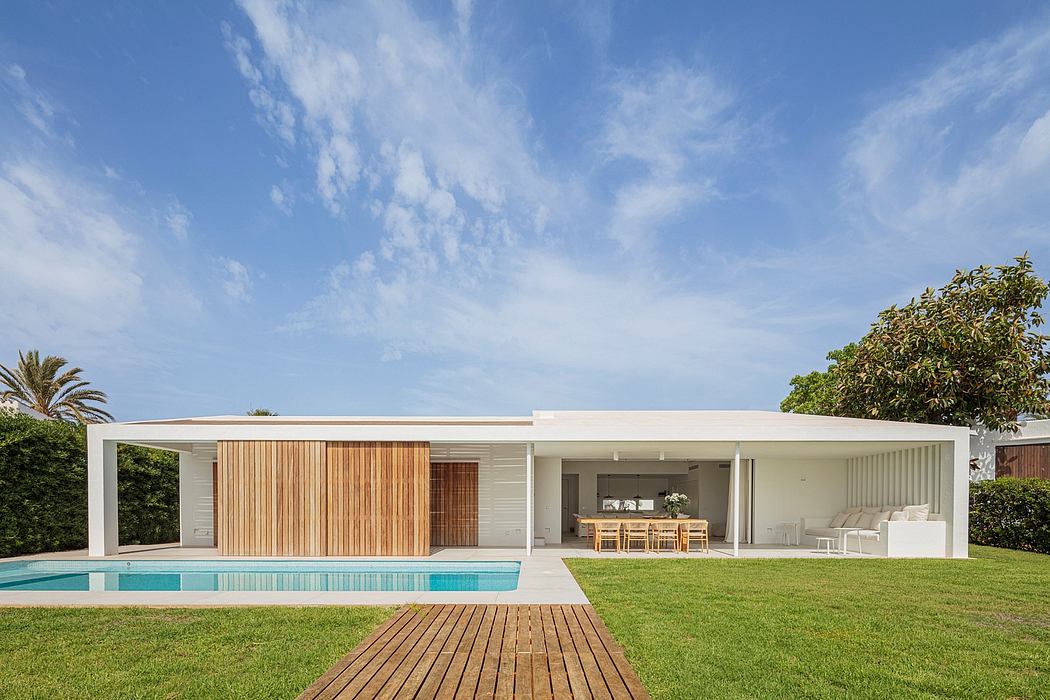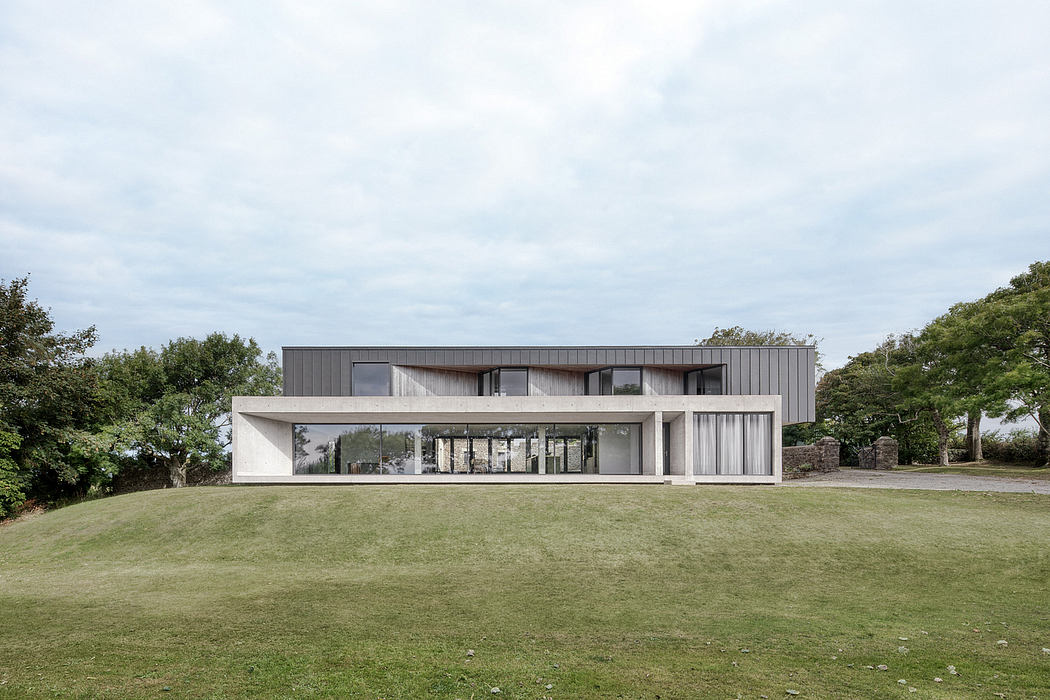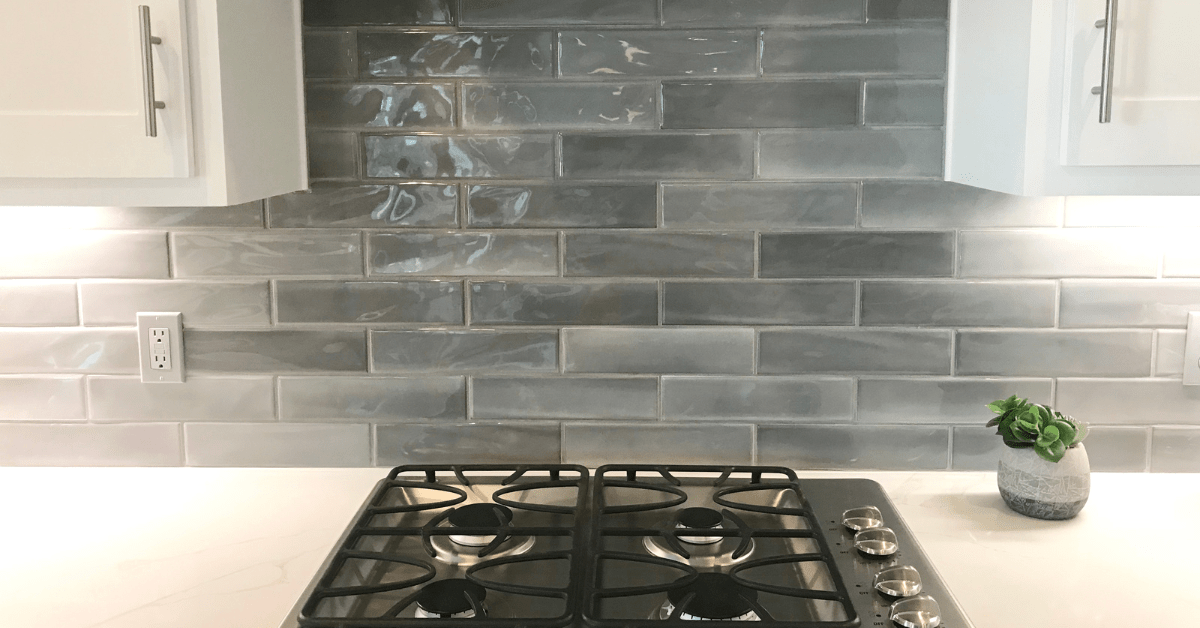How a new design process helps communities create their own health programs
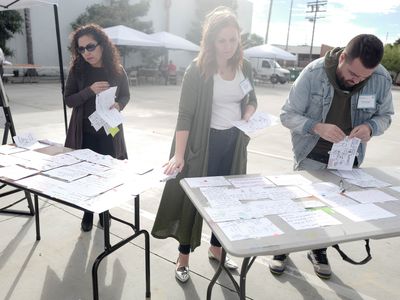
The Raising Places initiative puts community voices and design thinking at the center of a new approach to community wellbeing It would seem that, by definition, social services and community health programs help the neighborhoods where they operate.
But talk to community leaders on the ground, like Adair Mosley, CEO of Pillsbury United Communities in Minneapolis, and it becomes clear that while intent isn?t lacking, designing services that really reflect community need is a challenge.
?Typically, social service is prescriptive in nature, anchored in hubris,? says Mosley, whose group serves underestimated populations across the city. ?If it?s funder- or legislatively driven, a service rarely gets to the heart of the problem. It?s about asking the right questions, and in social services, we often have the wrong answer, since we?re not listening.? By putting human-centered design practices at the center of a new way of creating local programs and initiatives, a wide-ranging pilot project wants to change how communities design their own future. An nationwide effort funded by the Robert Wood Johnson Foundation that kicked off this past fall, Raising Places is giving six different communities $60,000 each, to help develop programs that support healthy childhoods.
One of the Raising Places labs, organized by the Greater Hudson Promise Neighborhood group in Hudson, New York.
This initiative differs from the nonprofit?s usual programming focus due to ...
| -------------------------------- |
| Affordable homes would be deliberately unfinished in proposal by Lianjie Wu | Architecture | Dezeen |
|
|






